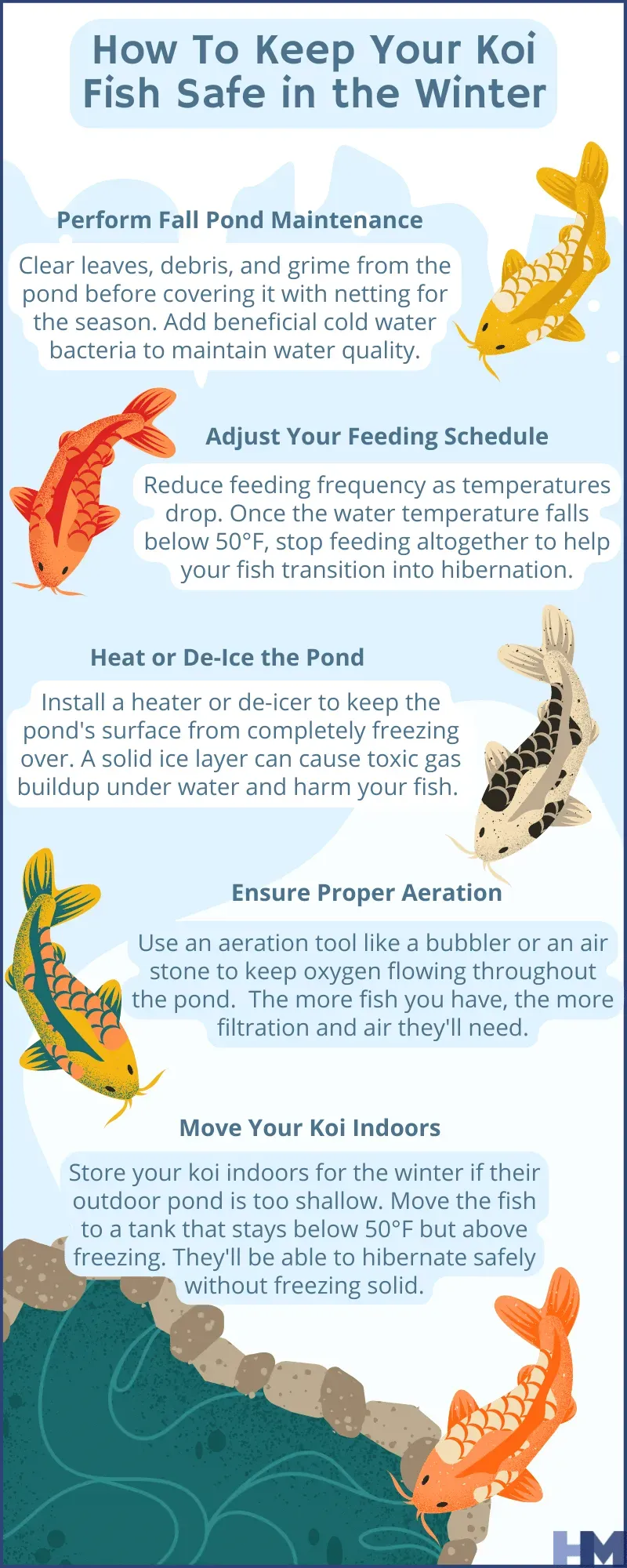Table of Contents
IntroductionHey there, plant pals! Winter's coming, and that means it's time to think about overwintering tips for your precious green friends. I know, I know, the thought of icy winds and frost might make you want to hide your plants under a mountain of blankets (don't do that, by the way!), but don't worry! This isn't some complicated science experiment; it's just about giving your plants a little extra TLC so they can survive until spring. This article, packed with simple, easy-to-follow overwintering tips, is your guide to keeping those leafy companions happy and healthy all winter long. We'll cover everything from choosing the right plants to keeping them cozy indoors. Think of it as a winter survival guide, but for plants! So grab your gardening gloves (and maybe some hot cocoa), and let's get started! Remember, lilyflower.homes is here to help you keep your plants thriving, even during the colder months.

Ultimate Overwintering Tips: Survive The Cold!
Overwintering Tips for Indoor Plants

Overwintering Tips For Indoor Plants
Preparation is Key
Before you bring your plants inside for the winter, it's crucial to acclimate them properly. Think of it like a training camp for your plants. You can't just expect them to go from the great outdoors to a cozy living room without a transition period. Place your plants in a shady spot or on a porch for about a week. This helps them adjust to the lower light levels they'll experience indoors. During this time, inspect your plants for any pests or diseases. You don't want any unwelcome guests moving in with your green buddies. If you're unsure how to spot these issues, check out our guide on for some tips.
Step | Action |
|---|---|
1 | Move plants to a shady spot or porch |
2 | Inspect for pests and diseases |
3 | Adjust watering and fertilizing |
4 | Bring indoors after a week |
Light and Temperature Matters
Once your plants are acclimated, it's time to find them a cozy spot inside. Think of it as finding the perfect seat at a concert. You want your plants to be in a bright room or near a sunny window. This ensures they receive enough light to stay healthy. If you're short on natural light, consider investing in a grow light. These can be a game-changer, especially for plants that need a lot of sunlight. Keep an eye on the temperature, too. Most indoor plants prefer a range of 65-75°F (18-24°C). Sudden drops in temperature can shock your plants, so avoid placing them near drafty windows or doors. For more on creating the right environment, head over to our guide.
- Find a bright room or sunny window
- Consider using a grow light
- Avoid drafty areas
- Keep temperatures between 65-75°F (18-24°C)
Protecting Outdoor Plants: Overwintering Tips

Protecting Outdoor Plants Overwintering Tips
Protecting Your Plants from Jack Frost
Hey there, fellow plant enthusiasts! Winter can be a tough time for our outdoor plants, but with a little preparation, they can survive. Think of it like getting ready for a camping trip – you wouldn't go without proper gear, right? Similarly, your plants need some protection from the cold. One of the most important things is mulching. Mulch is like a cozy blanket for your plants' roots, insulating them from freezing temperatures and keeping the soil moist. Use organic materials like shredded leaves or wood chips – avoid plastic mulch, which can actually harm your plants. Apply a good layer of mulch around the base of your plants, but don't pile it up against the stems. This could cause rot.
- Choose the right mulch (organic is best!)
- Apply a good layer around the base of the plants
- Don't pile it against the stems
More Ways to Keep Your Plants Warm
Another crucial step in protecting your outdoor plants is providing some wind protection. Strong winds can really dry out and damage plants, especially during the winter. Consider using windbreaks, such as burlap screens or even strategically placed shrubs. Think of it as creating a little microclimate to keep your plants cozy. Also, consider covering delicate plants with row covers or cloches. These are like tiny greenhouses that trap warmth and protect plants from frost. For particularly vulnerable plants, you might even need to consider moving them to a sheltered location, like a garage or unheated porch. Remember, a little extra care goes a long way! Check out our guide on for more details.
Protection Method | How it Helps |
|---|---|
Mulching | Insulates roots, retains moisture |
Windbreaks | Reduces wind damage, drying |
Row Covers/Cloches | Traps warmth, protects from frost |
Troubleshooting Common Overwintering Problems
So, you've followed all the overwintering tips, right? You've mulched, you've sheltered, you've babied your plants like they're precious newborns. But then... disaster strikes! Don't panic. Even the best-laid plans can go sideways. Let's talk about some common problems and how to fix them. Think of it like troubleshooting a tricky video game – you need to know the enemy to beat it!
One of the biggest headaches is leggy plants. They stretch towards the light, becoming weak and spindly. This often happens with indoor plants that don't get enough sun. The solution? More light! Move them closer to a window or invest in a grow light. It's like giving them a super-charged sunbeam! Another common issue is pests. Ugh, those little critters! Regularly inspect your plants for any signs of infestation. Early detection is key. If you spot any unwelcome visitors, you can use insecticidal soap or neem oil. For more detailed information on battling pests, check out our guide on . Remember, a tiny problem can become a huge problem if you ignore it!
Problem | Cause | Solution |
|---|---|---|
Leggy Plants | Insufficient light | More light, grow lights |
Pests | Infestation | Insecticidal soap, neem oil |
Root Rot | Overwatering | Improve drainage, let soil dry |
Root rot is another common villain. It's basically plant death row. This happens when plants sit in soggy soil for too long. The roots suffocate, and the plant wilts. To avoid this, ensure your plants have proper drainage. Don't overwater! Let the soil dry out a bit between waterings. It's better to underwater than overwater. Think of it like giving your plants a little sip of water instead of drowning them. For more information on keeping your plants happy and hydrated, check out our .
Finally, don't forget about diseases. Just like humans, plants can get sick. Fungal diseases are particularly common in winter, especially if the air is humid. Good air circulation and avoiding overhead watering can help prevent these problems. If a disease does strike, you might need to use a fungicide. But remember, prevention is always better than cure. For more information on preventing and treating plant diseases, check out our guide. It's like having a plant doctor on call!
- Regularly inspect for diseases
- Ensure good air circulation
- Avoid overhead watering
- Use fungicides if necessary
More Overwintering Tips for a Thriving Garden

More Overwintering Tips For A Thriving Garden
Alright, gardeners, let's explore into more overwintering tips that will help your plants survive the chill. Think of it like preparing your plants for a big experience in the cold. You're not just plopping them in a corner; you're giving them a survival kit. First up, let's talk about choosing the right plants. Some plants are just better suited for cold weather, and others... not so much. If you're in a colder climate, look for perennial plants that can handle the frost. For example, Asiatic lilies are hardy and can overwinter in the ground with proper care. Check out our guide for more details.
- Choose hardy perennials
- Prepare soil with organic matter
- Water plants deeply before frost
Next, don't forget to prepare the soil. Winter can be harsh on the soil, so you want to give it a little boost. Add some organic matter like compost or well-rotted manure to your garden beds. This not only enriches the soil but also helps retain moisture. It's like giving your soil a hearty breakfast before a long day. For more on soil preparation, head over to our guide. Another pro tip: water your plants deeply before the first frost. This helps the soil retain heat and moisture, keeping your plants more comfortable during the cold months.
Lastly, don't neglect the importance of good drainage. Poor drainage can lead to root rot, which is a plant killer. Make sure your soil is well-draining, especially if you're using containers. Consider adding perlite or sand to improve drainage. If you're not sure how to do this, check out our guide. It’s like setting up a mini spa for your plants' roots. With these tips, your garden will be ready to face whatever winter throws its way. Happy gardening!